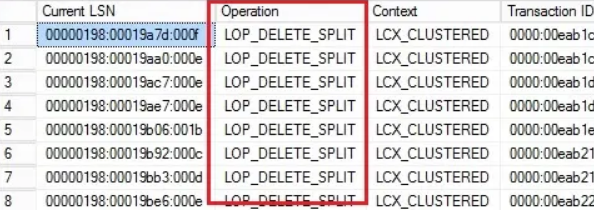Ubuntu 18.04 LTS released on 26th April 2018. Ubuntu 18.04 is codenamed Bionic Beaver. This is the latest LTS release of Ubuntu after the release of Ubuntu 17.10.
Here at Ibmi Media, as part of our Server Management Services, we regularly help our Customers to perform related Ubuntu queries.
In this context, we shall look into an overview about Ubuntu 18.04 LTS (Bionic Beaver).
How to Download Ubuntu 18.04 (Bionic Beaver) ?
Ubuntu 18.04 LTS (Bionic Beaver) is available for download in Desktop and server editions.
To Download Desktop Edition: https://www.ubuntu.com/download/desktop
To Download Server Edition: https://www.ubuntu.com/download/server
How to Upgrade to Ubuntu 18.04?
You can find upgrade steps to Ubuntu 18.04 on below link:
How to Upgrade Ubuntu 16.04 to Ubuntu 18.04 LTS
Main features in Ubuntu 18.04:
1. Boot speed boost : In Ubuntu 18.04, using systemd’s features, bottlenecks will be identified and tackled to boot Bionic as quickly as possible.
2. GNOME 3.28 : A customized GNOME version used in Ubuntu 17.10.
Similarly, Ubuntu 18.04 is using customized GNOME 3.28 version
3. Support Color Emoji : Till last version of Ubuntu only supports monochrome emojis. The Ubuntu 18.04 is going to support native color emoji. So it will looks good.
4. Minimal Installation : You can see a minimal installation option when you install 18.04. So, this will only install required utilities, packages and browsers. Therefore, You can install applications of your choice manually with latest version.
5. Linux Kernel 4.15 : Ubuntu 18.04 Bionic Beaver is using Linux Kernel 4.15 release.
6. Xorg Default Server Again : In Ubuntu 17.10 team switched to the newer Wayland as the default display server. Due to issue of applications work on Wayland they again switched to use Xorg as a default graphics server.
Wayland is still available as an option and users have option to switch to the display server of their choice.
7. New installer for Ubuntu 18.04 : Up to Ubuntu last version, Ubuntu was using Debian’s text-based installer for its server editions. But, Ubuntu 18.04 is using its own the new subiquity installer.
8. Minor Look Change : In Ubuntu 18.04 has slightly changed the look of file manager, added welcome screen and also improved help pages and given how to do basic things in GNOME desktop.
[Need assistance in fixing Ubuntu related Installation tasks? We can help you. ]
Conclusion
This article covers an overview about Ubuntu 18.04 LTS (Bionic Beaver). Also we covered in details the main features of this Ubuntu release.
The Ubuntu operating system's latest Long Term Support (LTS) release, Ubuntu 18.04 (Bionic Beaver), was released on April 26, 2018.
To upgrade an Ubuntu system of version 16.04 or later to Ubuntu 18.04:
1. Back Up Your System.
2. Update Currently Installed Packages
Begin by updating the package list:
$ sudo apt-get update3. Next, upgrade installed packages to their latest available versions:
$ sudo apt-get upgrade4. Now, use the dist-upgrade command with apt-get, which will perform any additional upgrades that involve changing dependencies, adding or removing new packages as necessary.
$ sudo apt-get dist-upgrade
This article covers an overview about Ubuntu 18.04 LTS (Bionic Beaver). Also we covered in details the main features of this Ubuntu release.
The Ubuntu operating system's latest Long Term Support (LTS) release, Ubuntu 18.04 (Bionic Beaver), was released on April 26, 2018.
To upgrade an Ubuntu system of version 16.04 or later to Ubuntu 18.04:
1. Back Up Your System.
2. Update Currently Installed Packages
Begin by updating the package list:
$ sudo apt-get update3. Next, upgrade installed packages to their latest available versions:
$ sudo apt-get upgrade4. Now, use the dist-upgrade command with apt-get, which will perform any additional upgrades that involve changing dependencies, adding or removing new packages as necessary.
$ sudo apt-get dist-upgrade












